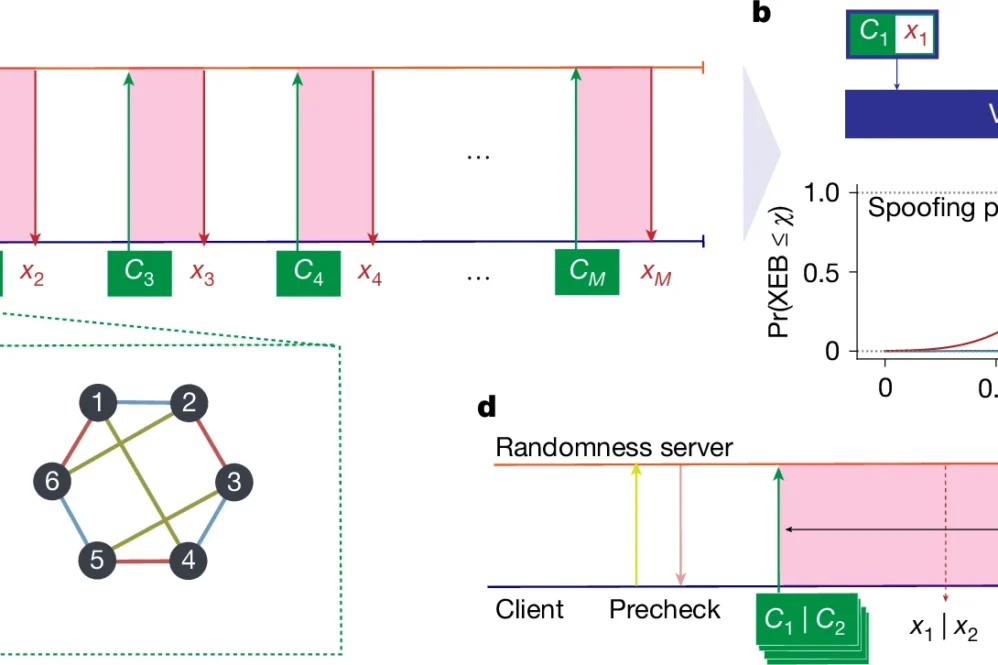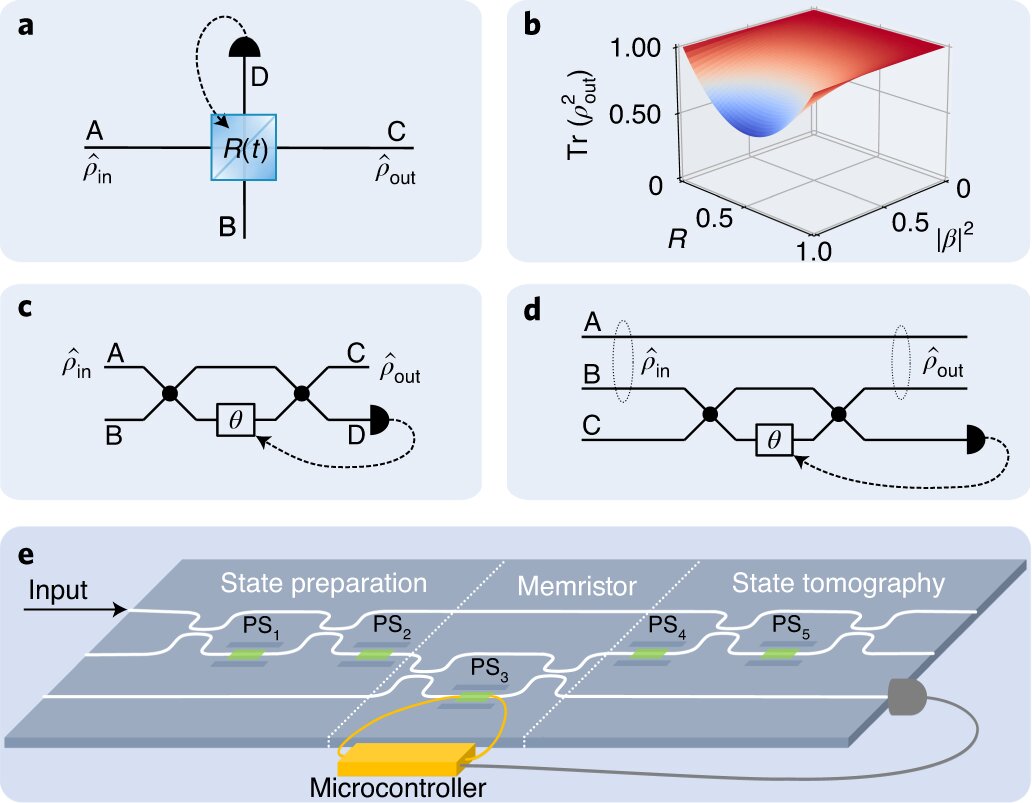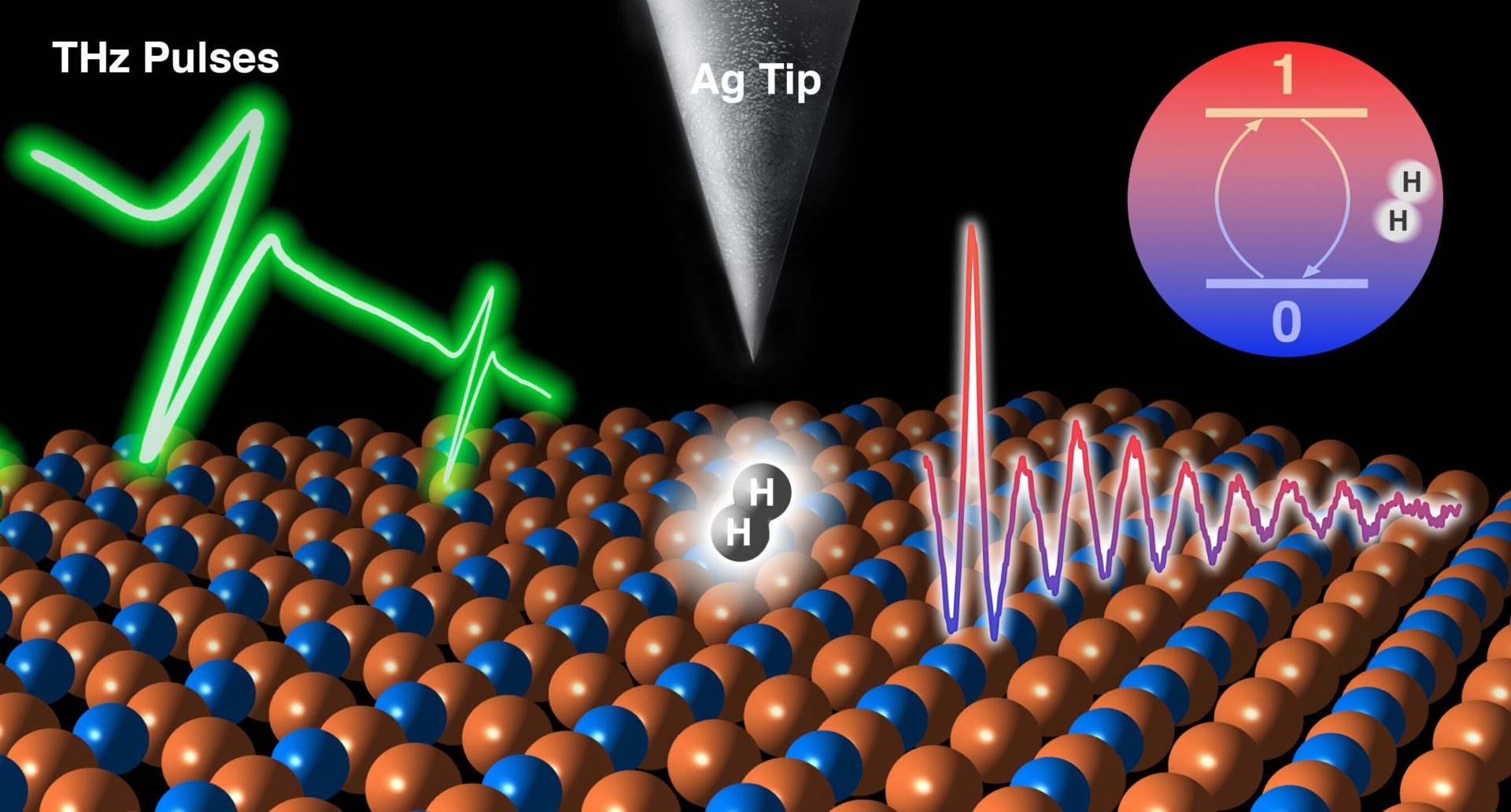A groundbreaking study published in Nature has demonstrated a significant leap forward in quantum computing applications. Researchers from JPMorganChase, Quantinuum, Argonne National Laboratory, Oak Ridge National Laboratory, and The University of Texas at Austin have successfully implemented “certified randomness” – a process generating truly random numbers that can be mathematically proven to be genuine.
The team utilized Quantinuum’s 56-qubit H2-1 trapped-ion quantum computer to generate random bits through a protocol developed by Scott Aaronson, a computer science professor at UT Austin. This protocol leverages Random Circuit Sampling (RCS) to produce randomness that classical computers simply cannot replicate.
Classical computers cannot generate true randomness on their own, typically relying on hardware random-number generators that could potentially be compromised. The new quantum approach ensures randomness even if an adversary had commandeered the quantum computer, making it theoretically impossible to manipulate the output while maintaining certification.
The process works in two steps: first, the quantum computer is given challenges it can only solve by selecting one of many possible solutions at random – tasks beyond the capabilities of even the most powerful classical supercomputers. Second, this randomness is mathematically certified as genuine using classical supercomputers with a combined performance of 1.1 ExaFLOPS. Through this method, researchers certified 71,313 bits of entropy.
As Marco Pistoia, Head of Global Technology Applied Research at JPMorganChase noted, “This development of certified randomness not only shows advancements in quantum hardware but will be vital to further research, statistical sampling, numerical simulations, and cryptography.“
The breakthrough was enabled by Quantinuum’s recent upgrade to its System Model H2 quantum computer, which improved on existing industry standards by a factor of 100 thanks to high fidelity and all-to-all qubit connectivity.
This achievement represents a significant shift from theoretical quantum advantage to practical application, demonstrating that today’s quantum computers can perform useful tasks beyond the capabilities of classical computing. The certified randomness protocol has important implications for cryptography, security, fairness in processes like jury selection, lotteries, and e-games where multiple parties need verification that random numbers were freshly generated.
Reference: “Certified randomness using a trapped-ion quantum processor” by Minzhao Liu, Ruslan Shaydulin, Pradeep Niroula, Matthew DeCross, Shih-Han Hung, Wen Yu Kon, Enrique Cervero-Martín, Kaushik Chakraborty, Omar Amer, Scott Aaronson, Atithi Acharya, Yuri Alexeev, K. Jordan Berg, Shouvanik Chakrabarti, Florian J. Curchod, Joan M. Dreiling, Neal Erickson, Cameron Foltz, Michael Foss-Feig, David Hayes, Travis S. Humble, Niraj Kumar, Jeffrey Larson, Danylo Lykov, Michael Mills, Steven A. Moses, Brian Neyenhuis, Shaltiel Eloul, Peter Siegfried, James Walker, Charles Lim and Marco Pistoia, 26 March 2025, Nature. DOI: 10.1038/s41586-025-08737-1




